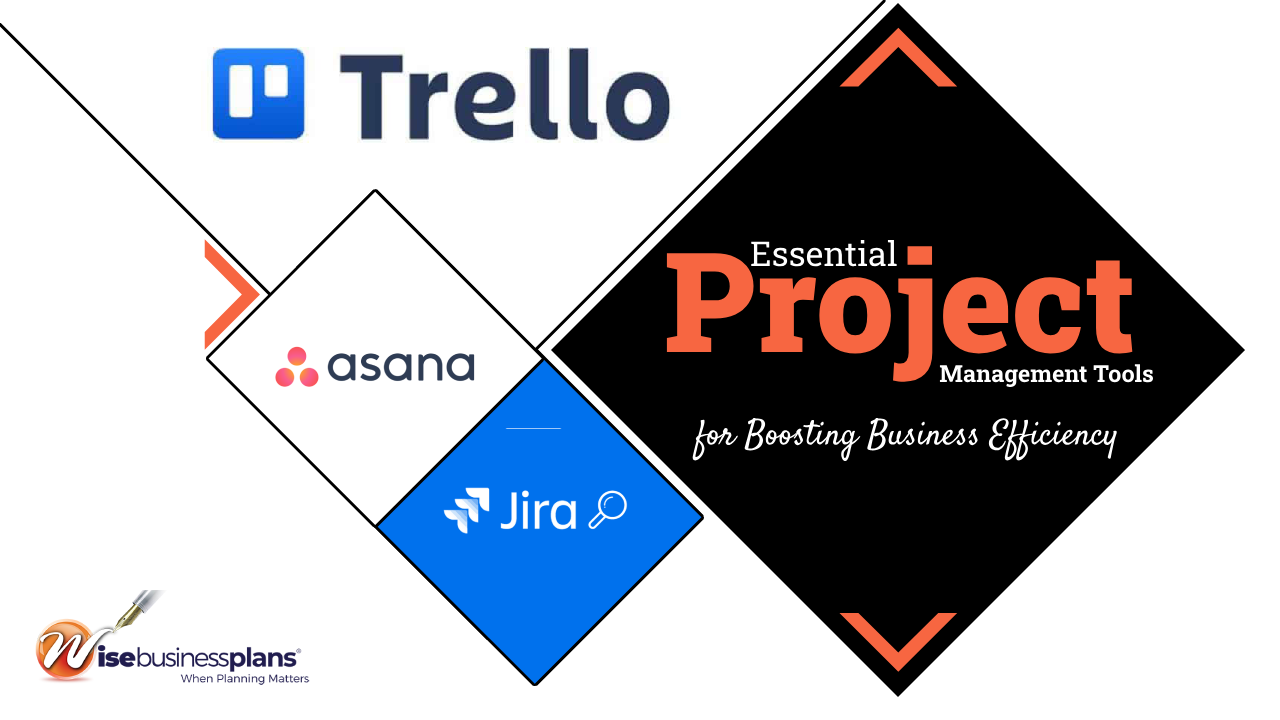Essential Project Management Tools for Boosting Business Efficiency
In the ever-evolving landscape of business, effective project management is crucial for maintaining a competitive edge and ensuring operational efficiency. To achieve this, leveraging the right project management tools is essential. These tools help teams plan, execute, and monitor projects with greater precision and ease. This guide explores top project management tools that can significantly enhance business efficiency. Each tool offers unique features and benefits to cater to diverse project needs, from visual task management to advanced resource planning. Selecting the right project management tools is critical; business plan writers can help align these tools with your business objectives.
On this page
- 20 Top Project Management Tools
- 1. Trello
- Key Features
- Pros
- Cons
- 2. Asana
- Key Features
- Pros
- Cons
- 3. Monday.com
- Key Features
- Pros
- Cons
- 4. Jira
- Key Features
- Pros
- Cons
- 5. Basecamp
- Key Features
- Pros
- Cons
- 6. Microsoft Project
- Key Features
- Pros
- Cons
- 7. Smartsheet
- Key Features
- Pros
- Cons
- 8. ClickUp
- Key Features
- Pros
- Cons
- Start Your Journey with a Proven Plan!
- 9. Wrike
- Key Features
- Pros
- Cons
- 10. Teamwork
- Key Features
- Pros
- Cons
- 11. ProofHub
- Key Features
- Pros
- Cons
- 12. Zoho Projects
- Key Features
- Pros
- Cons
- 13. Miro
- Key Features
- Pros
- Cons
- 14. Airtable
- Key Features
- Pros
- Cons
- 15. Notion
- Key Features
- Pros
- Cons
- 16. Podio
- Key Features
- Pros
- Cons
- 17. LiquidPlanner
- Key Features
- Pros
- Cons
- 18. Workfront
- Key Features
- Pros
- Cons
- Transform Your Vision with Our Expert Business Plan Writing!
- 19. GanttPRO
- Key Features
- Pros
- Cons
- 20. Hootsuite
- Key Features
- Pros
- Cons
- How These Tools Increase the Efficiency of Your Business
- How These Tools Increase the Efficiency of Your Business
- Essential Features of Effective Project Management Tools
- Task Management
- Collaboration Features
- Resource Management
- Reporting and Analytics
- Customizable Workflows
- Conclusion
20 Top Project Management Tools
Managing projects can be challenging, especially with so many tools available. To help you find the best options, we’ve put together a list of 20 top project management tools. Each one has unique features that can make your project management easier and more efficient.
In the following sections, we’ll explain what each tool does, highlight its key features, and discuss its pros and cons. This will help you understand how each tool can benefit your team and improve your projects.
Let’s get started and see which tools might be the best fit for your needs.
1. Trello
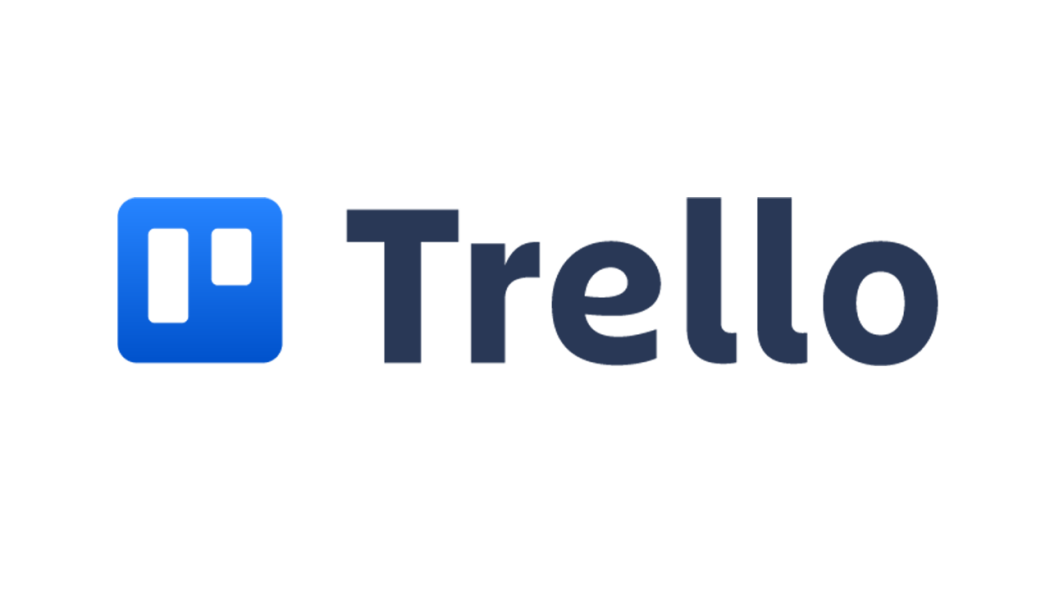
Trello is a popular project management tool known for its visual and intuitive interface. It utilizes boards, lists, and cards to organize and track tasks, making it easy for teams to manage projects of varying complexities.
Key Features
- Boards: Represent projects or major tasks.
- Lists: Break down projects into stages or categories.
- Cards: Track individual tasks, assign team members, set deadlines, and attach files.
- Integration: Works with tools like Slack, Google Drive, and Dropbox.
Pros
- User-friendly interface.
- Highly visual task management.
- Flexible and customizable boards.
Cons
- Limited advanced features for complex projects.
- May lack detailed reporting capabilities.
Benefits: Trello’s visual organization simplifies task tracking and updates, making it ideal for both small and large-scale projects. Its intuitive design enhances ease of use and project management.
2. Asana
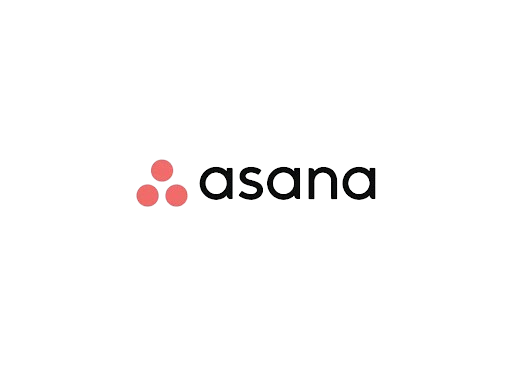
Asana offers a comprehensive platform for task management and project tracking with multiple views such as lists, boards, and timelines. It supports efficient project planning and team collaboration through its diverse feature set.
Key Features
- Task Management: Represent projects or major tasks.Create tasks, subtasks, set deadlines, and assign responsibilities.
- Project Views: Options for lists, boards, timelines, and calendars.
- Cards: Track individual tasks, assign team members, set deadlines, and attach files.
- Integration: Works with tools like Slack, Google Drive, and Dropbox.
Pros
- User-friendly interface.
- Highly visual task management.
- Flexible and customizable boards.
Cons
- Limited advanced features for complex projects.
- May lack detailed reporting capabilities.
Benefits: Trello’s visual organization simplifies task tracking and updates, making it ideal for both small and large-scale projects. Its intuitive design enhances ease of use and project management.
3. Monday.com

Monday.com is a work operating system that provides a customizable platform for managing projects and workflows. It features visual dashboards and automation tools to help teams track progress and stay organized.
Key Features
- Customizable Workflows: Tailor workflows to match specific project needs.
- Dashboards: Visualize project status, team performance, and progress.
- Automations: Set up automated notifications and task updates.
- Integration: Syncs with tools like Zoom, Google Drive, and Microsoft Office.
Pros
- Highly customizable workflows.
- Visual dashboards for easy tracking.
- Extensive automation options.
Cons
- Can be complex to set up initially.
- May be overkill for smaller projects.
Benefits: Monday.com’s customization and visual tracking capabilities help teams manage projects more efficiently. Its automation reduces manual tasks, enabling smoother project execution.
4. Jira
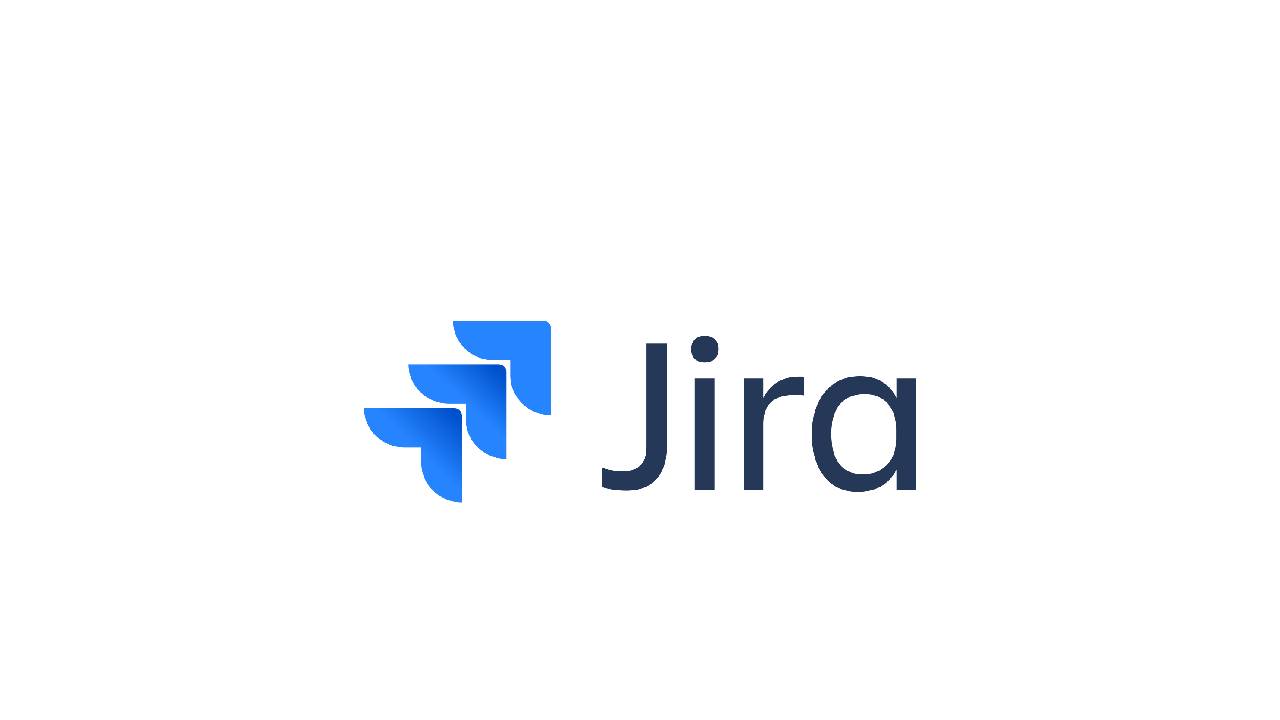
Jira, developed by Atlassian, is designed for software development and Agile project management. It excels in issue tracking, sprint planning, and custom workflows, making it ideal for development teams.
Key Features
- Issue Tracking: Manage bugs, feature requests, and tasks.
- Sprint Planning: Organize work into sprints and track progress.
- Custom Workflows: Define workflows based on team needs.
- Integration: Integrates with Confluence, Bitbucket, and hundreds of other tools.
Pros
- Strong support for Agile methodologies.
- Extensive issue tracking and sprint planning features.
- Customizable workflows.
Cons
- Steep learning curve for new users.
- Can be complex for non-software projects.
Benefits: Jira’s comprehensive features support managing complex software projects and Agile workflows, providing teams with tools needed to track issues, plan sprints, and manage development cycles.
5. Basecamp
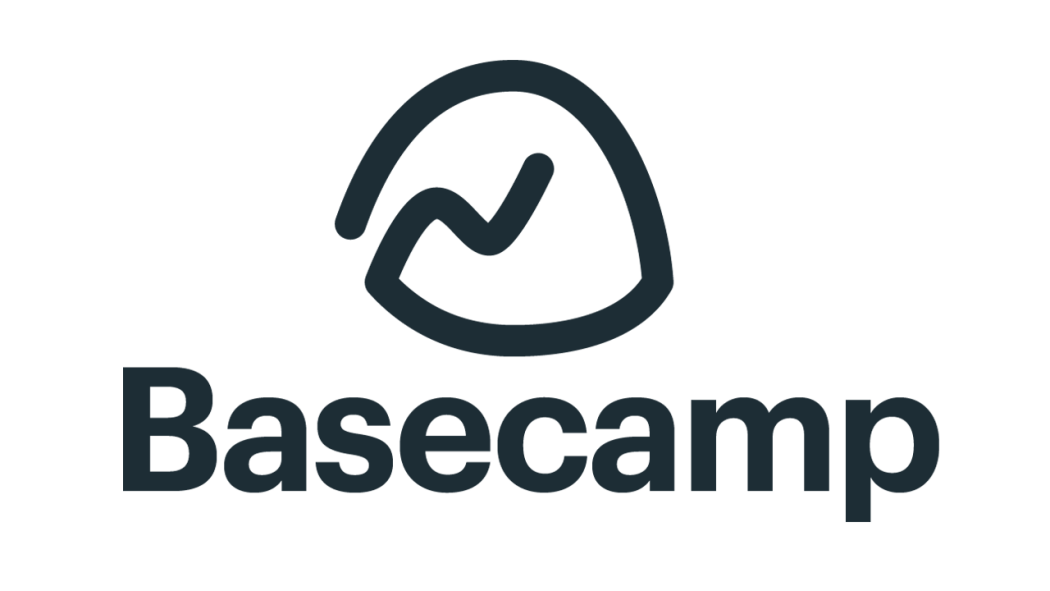
Basecamp is a straightforward project management tool that emphasizes simplicity and communication. It integrates task management with messaging, file sharing, and scheduling, making it suitable for teams seeking an easy-to-use solution.
Key Features
- To-Do Lists: Create and assign tasks with due dates.
- Message Boards: Facilitate discussions and share updates.
- File Sharing: Upload and manage project documents.
- Integration: Limited integrations but supports basic tools like Google Drive.
Pros
- Simple and intuitive interface.
- Integrated communication and file sharing.
- Suitable for small to mid-sized teams.
Cons
- Limited advanced project management features.
- Not ideal for large or complex projects.
Benefits: Basecamp’s simplicity and focus on communication streamline project management and enhance team coordination, making it a good option for less complex projects or smaller teams.
6. Microsoft Project

Microsoft Project is a powerful tool for project planning and resource management. It offers advanced features like Gantt charts and critical path analysis, making it suitable for detailed and large-scale project management.
Key Features
- Gantt Charts: Visualize project timelines and dependencies.
- Resource Management: Allocate and track resources.
- Critical Path Analysis: Identify essential tasks and project milestones.
- Integration: Seamlessly integrates with other Microsoft Office products.
Pros
- Advanced planning and scheduling features.
- Comprehensive resource management.
- Integration with Microsoft Office products.
Cons
- Steeper learning curve and complexity.
- Higher cost compared to other tools.
Benefits: Microsoft Project’s detailed planning and scheduling features support complex projects, enabling efficient resource management and timeline tracking.
7. Smartsheet
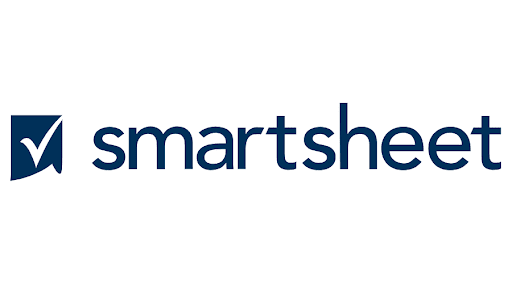
Smartsheet combines the familiarity of spreadsheets with project management functionalities. It allows users to manage tasks, track schedules with Gantt charts, and allocate resources effectively.
Key Features
- Task Tracking: Use spreadsheets to manage tasks and projects.
- Gantt Charts: Plan and track project schedules visually.
- Resource Management: Monitor and allocate resources efficiently.
- Integration: Connects with tools like Salesforce, Jira, and Slack.
Pros
- Spreadsheet-like interface is easy to use.
- Visual scheduling with Gantt charts.
- Flexible resource management.
Cons
- Limited features in basic plans.
- Can be overwhelming for new users.
Benefits: Smartsheet’s combination of spreadsheet functionality and project management tools offers flexibility and ease of use, making it a versatile option for managing diverse projects.
Want to boost your business effiency
Get your business plan writing services now!
8. ClickUp
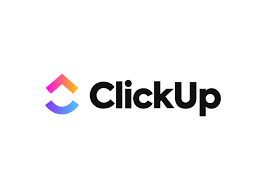
ClickUp is a multifunctional tool designed to manage tasks, documents, and project workflows. It offers customizable views and integrates various project management features into a single platform.
Key Features
- Task Management: Create tasks, set priorities, and track progress.
- Custom Views: Utilize lists, boards, and calendars to visualize tasks.
- Document Sharing: Collaborate on documents within the platform.
- Integration: Connects with tools like Salesforce, Jira, and Slack.
Pros
- Wide range of features and customization options.
- Integrates task management with document collaboration.
- Multiple views including lists, boards, and calendars.
Cons
- Can be complex due to its extensive features.
- Performance issues with large datasets.
Benefits: ClickUp’s extensive features and customization options make it a versatile tool for managing tasks and projects efficiently, supporting various workflows and project needs.
9. Wrike
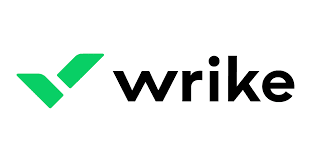
Wrike provides a comprehensive project management solution with robust collaboration features. It supports task management, time tracking, and customizable dashboards, making it suitable for both small teams and larger enterprises.
Key Features
- Task Management: Create tasks, set due dates, and track progress
- Time Tracking: Monitor time spent on tasks and projects.
- Custom Dashboards: Tailor dashboards to project needs.
- Integration: Integrates with tools like Dropbox, Salesforce, and Microsoft Office.
Pros
- Advanced task management and time tracking.
- Customizable dashboards.
- Strong collaboration tools.
Cons
- Can be complex to configure initially.
- Higher cost for advanced features.
Benefits: Wrike’s advanced features and collaboration tools enhance project management and team productivity, making it effective for managing various project sizes and types.
10. Teamwork
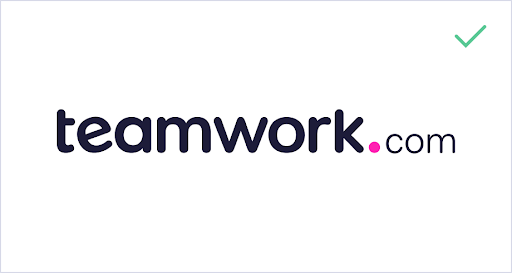
Key Features
- Task Management: Create tasks, set deadlines, and assign team members.
- Time Tracking: Track time spent on tasks and projects.
- Project Reporting: Generate reports on project progress and performance.
- Integration: Connects with tools like Slack, Google Drive, and Microsoft Teams.
Pros
- Comprehensive task and time management.
- Detailed project reporting.
- Easy integration with other tools.
Cons
- Some features may be redundant for smaller projects.
- Interface can be cluttered.
Benefits: Teamwork’s suite of features enhances project management through effective task tracking and time management, providing valuable insights into project progress and team performance.
11. ProofHub
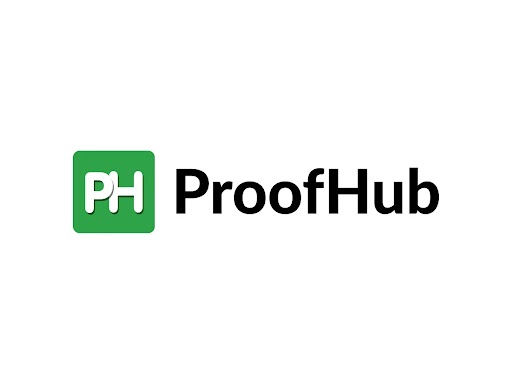
ProofHub combines project management with team collaboration features, providing a centralized platform for managing tasks, discussions, and document review. Its integrated approach helps streamline project workflows and enhance team communication.
Key Features
- Task Management: Create and assign tasks, set deadlines, and track progress.
- Discussions: Facilitate team communication and decision-making.
- Proofing Tools: Review and provide feedback on documents and designs.
- Integration: Supports integrations with tools like Google Drive and Dropbox.
Pros
- All-in-one platform for project management and collaboration.
- Effective document proofing and feedback tools.
- Simple interface and easy to use.
Cons
- Limited advanced project management features.
- May lack some integrations found in other tools.
Benefits: ProofHub’s integrated approach simplifies project management and enhances team collaboration, making it a suitable choice for teams needing both project tracking and communication tools.
12. Zoho Projects
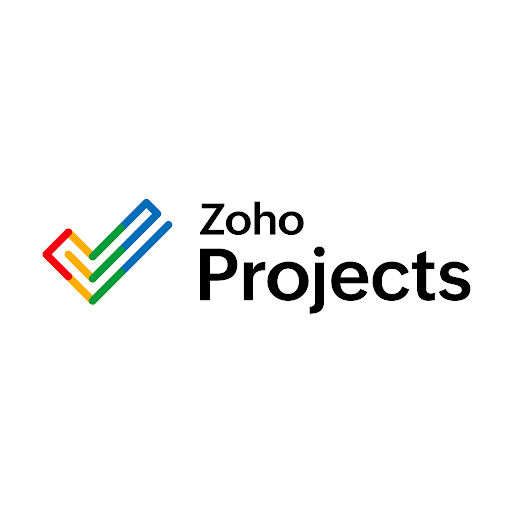
Key Features
- Gantt Charts: Plan and visualize project timelines.
- Task Management: Create tasks, assign them to team members, and track progress.
- Time Tracking: Monitor time spent on tasks and projects.
- Integration: Integrates with Zoho Suite and other third-party applications.
Pros
- Comprehensive task and time management features.
- Integrated Gantt charts for visual project planning.
- Seamless integration with Zoho ecosystem.
Cons
- Some advanced features may be limited in basic plans.
- User interface may be less intuitive compared to competitors.
Benefits: Zoho Projects’ integration with Zoho’s ecosystem and its robust project management features make it a versatile tool for managing various business needs and improving project efficiency.
13. Miro

Key Features
- Templates: Utilize templates for mind maps, flowcharts, and project planning.
- Real-Time Collaboration: Work together on the same board simultaneously.
- Sticky Notes: Use digital sticky notes for brainstorming and idea organization.
- Integration: Connects with tools like Slack, Microsoft Teams, and Google Drive.
Pros
- Highly collaborative and interactive whiteboard.
- Useful for brainstorming and strategic planning.
- Real-time collaboration enhances team engagement.
Cons
- May not be suitable for detailed project management.
- Can be overwhelming with numerous features and templates.
Benefits: Miro’s visual and collaborative features make it ideal for brainstorming sessions and strategic planning, fostering creativity and teamwork in project development.
14. Airtable
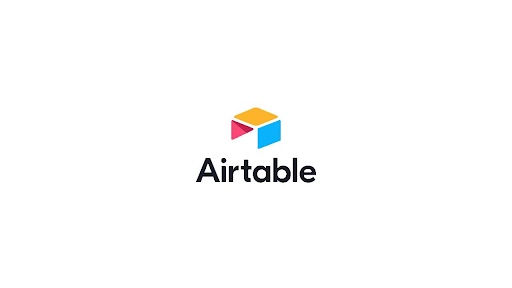
Airtable combines the functionality of a database with the flexibility of a spreadsheet. It allows users to create customizable views and organize data within a versatile database structure.
Key Features
- Customizable Views: Create grids, calendars, and Kanban boards to manage projects.
- Database Features: Organize and relate data within a flexible database structure.
- Collaboration: Share and collaborate on projects in real-time.
- Integration: Integrates with tools like Slack, Google Drive, and Zapier.
Pros
- Flexible database and spreadsheet capabilities.
- Customizable views for different project needs.
- Real-time collaboration and data organization.
Cons
- Can be complex for users unfamiliar with databases.
- Some advanced features may require premium plans.
Benefits: Airtable’s unique combination of database and spreadsheet features offers versatile project management and data organization, supporting various project styles and team workflows.
15. Notion

Notion is an all-in-one workspace that integrates note-taking, project management, and collaboration. It allows users to create custom templates and databases to organize tasks and information effectively.
Key Features
- Workspace: Create and organize notes, tasks, and projects in one place.
- Custom Templates: Design custom templates for various project needs.
- Databases: Utilize databases for project tracking and information management.
- Integration: Connects with tools like Google Calendar, Slack, and Trello.
Pros
- Highly customizable workspace and templates.
- Integrates multiple functions into a single platform.
- Versatile project tracking and organization.
Cons
- May have a learning curve for new users.
- Performance can be slow with large amounts of data.
Benefits: Notion’s flexibility and customization options make it suitable for a wide range of project management and organizational tasks, supporting both individual and team productivity.
16. Podio
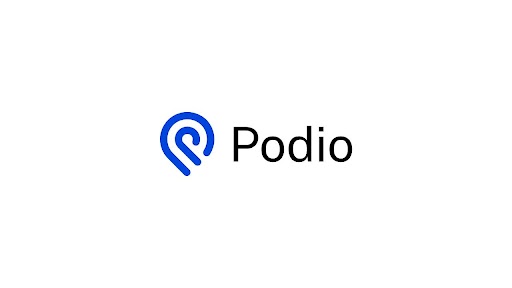
Podio is a customizable project management and collaboration platform that allows users to create custom apps and automate workflows. Its flexibility supports various business needs and project types.
Key Features
- Custom Apps: Create custom apps tailored to specific business needs.
- Workflow Automation: Automate routine tasks and processes.
- Task Management: Track tasks and manage project workflows.
- Integration: Integrates with tools like Dropbox, Google Drive, and Slack.
Pros
- Customizable apps and workflows.
- Automation features for routine tasks.
- Flexible project management capabilities.
Cons
- Requires time to set up and customize.
- Can be complex for new users.
Benefits: Podio’s customization and automation capabilities enhance its applicability for various project types and business requirements, making it a powerful tool for tailored project management.
Need a business plan?
Boost your business efficiency with our business plan services now!
17. LiquidPlanner

Key Features
- Dynamic Scheduling: Adjust project plans based on changing priorities and resource availability.
- Resource Management: Monitor and allocate resources effectively.
- Project Forecasting: Predict project timelines and outcomes.
- Integration: Integrates with tools like Microsoft Project and Excel.
Pros
- Dynamic scheduling based on changing priorities.
- Effective resource management and forecasting.
- Advanced project planning features.
Cons
- Higher cost compared to other tools.
- Complexity may require training.
Benefits: LiquidPlanner’s dynamic scheduling and resource forecasting support complex project management, helping teams adapt to changing conditions and manage resources effectively.
18. Workfront
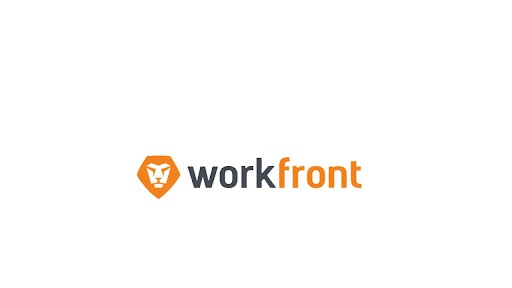
Key Features
- Task Management: Create tasks, assign responsibilities, and track progress.
- Resource Planning: Manage and allocate resources effectively.
- Reporting: Generate detailed reports on project performance and team productivity.
- Integration: Works with tools like Adobe Creative Cloud, Slack, and Microsoft Office.
Pros
- Detailed reporting and analytics.
- Comprehensive resource planning.
- Integration with various tools.
Cons
- Can be complex to implement.
- Higher cost for advanced features.
Benefits: Workfront’s extensive features and integration options enhance enterprise-level project management, providing valuable insights and efficient resource allocation.
19. GanttPRO

Key Features
- Gantt Charts: Create and manage project timelines using visual Gantt charts.
- Task Dependencies: Set and manage task dependencies and milestones.
- Resource Management: Allocate resources and track their availability.
- Integration: Integrates with tools like Google Drive and Dropbox.
Pros
- Easy-to-use Gantt chart interface.
- Visual task dependencies and milestones.
- Resource management features.
Cons
- Limited features beyond Gantt charts.
- Can be less flexible for non-Gantt users.
Benefits: GanttPRO’s focus on visual scheduling simplifies project planning and management, providing clear insights into task dependencies and project timelines.
20. Hootsuite

Key Features
- Content Scheduling: Plan and schedule social media content.
- Performance Tracking: Monitor social media performance and engagement.
- Collaboration: Collaborate on marketing campaigns and content strategies.
- Integration: Connects with various social media platforms and analytics tools.
Pros
- Specialized for social media project management.
- Content scheduling and performance tracking.
- Collaboration features for marketing teams.
Cons
- Limited project management features for non-marketing projects.
- Can be expensive for premium plans.
Benefits: Hootsuite’s project management features are tailored for managing social media campaigns, helping marketing teams coordinate and track their social media activities effectively.
How These Tools Increase the Efficiency of Your Business
Project management tools streamline workflows, enhance team collaboration, and provide real-time insights into project progress. By leveraging these tools, businesses can:
- Improve Task Organization: Visual task management helps teams track and prioritize tasks efficiently.
- Enhance Collaboration: Integrated communication features facilitate seamless teamwork and information sharing.
- Optimize Resource Allocation: Advanced planning and forecasting tools ensure that resources are used effectively.
- Increase Transparency: Real-time updates and reporting features provide clear visibility into project status and performance.
How These Tools Increase the Efficiency of Your Business
Project management tools streamline workflows, enhance team collaboration, and provide real-time insights into project progress. By leveraging these tools, businesses can:
- Improve Task Organization: Visual task management helps teams track and prioritize tasks efficiently.
- Enhance Collaboration: Integrated communication features facilitate seamless teamwork and information sharing.
- Optimize Resource Allocation: Advanced planning and forecasting tools ensure that resources are used effectively.
- Increase Transparency: Real-time updates and reporting features provide clear visibility into project status and performance.
Essential Features of Effective Project Management Tools
Task Management
Tools should allow you to create, assign, and track tasks with clear deadlines and priorities. This ensures that projects are organized and deadlines are met efficiently.
Collaboration Features
Look for integrated chat, file sharing, and discussion boards to enhance team communication. These features help streamline collaboration and keep everyone aligned.
Resource Management
Effective tools offer capabilities for allocating and tracking resources. This helps in optimizing resource usage and avoiding overallocation.
Reporting and Analytics
Customizable reports and visual dashboards provide insights into project progress and performance. These features enable data-driven decisions and help track key metrics.
Customizable Workflows
Select tools that offer flexible workflows to adapt to your project management methodology. Customizable workflows ensure that the tool fits your specific processes and needs.
Conclusion
Choosing the right project management tools is essential for enhancing business efficiency and achieving project success. Each of the tools listed in this guide offers unique functionalities, from visual task management and workflow automation to advanced resource planning and collaboration features. Increase efficiency with a clear roadmap designed by our expert business plan writers. By evaluating your team’s specific needs and project requirements, you can select the tools that best align with your goals. Implementing the right project management tools can streamline processes, improve team coordination, and drive better outcomes, ultimately boosting overall business efficiency.

